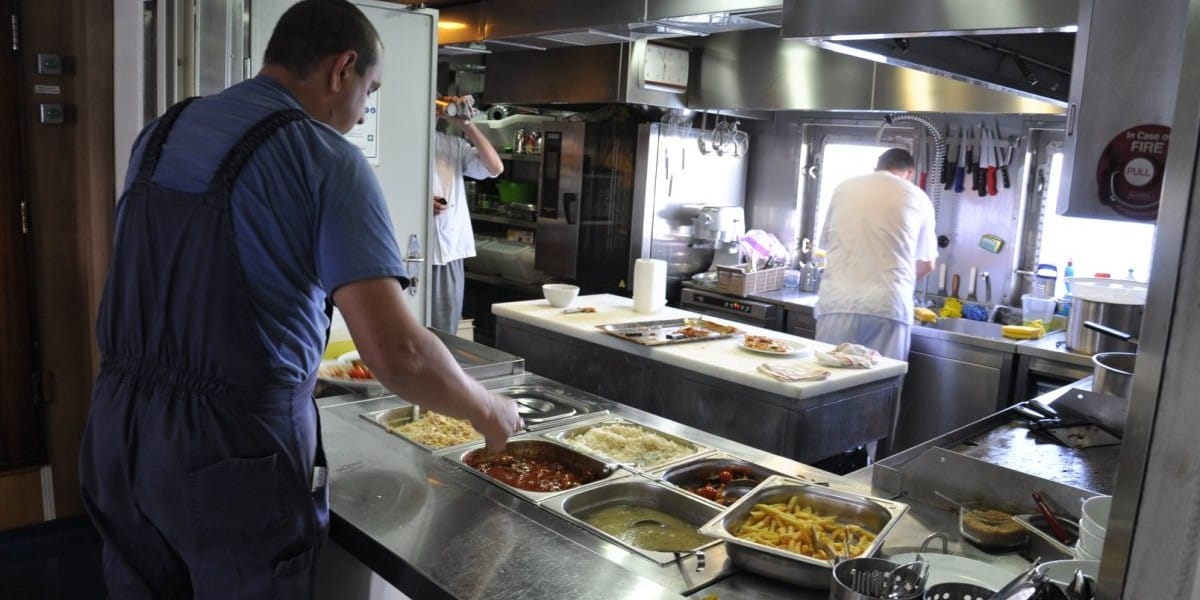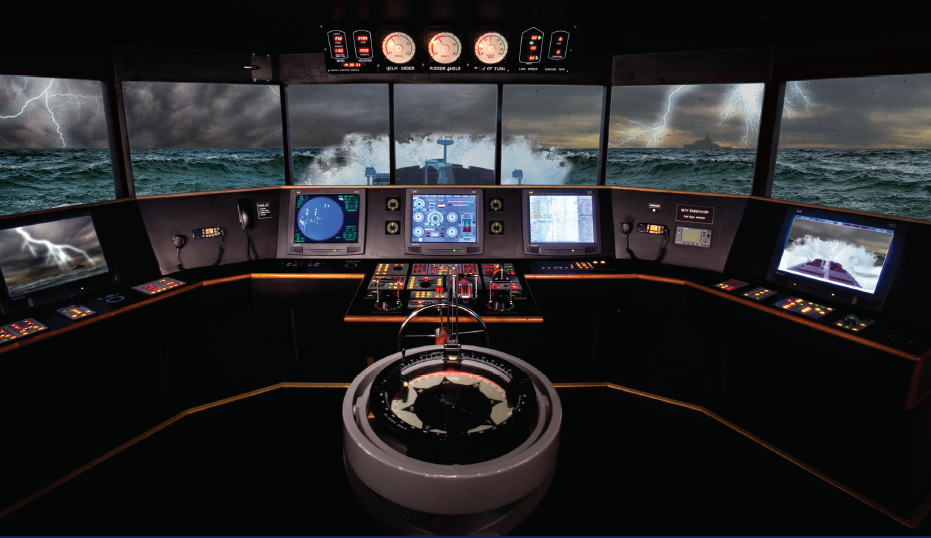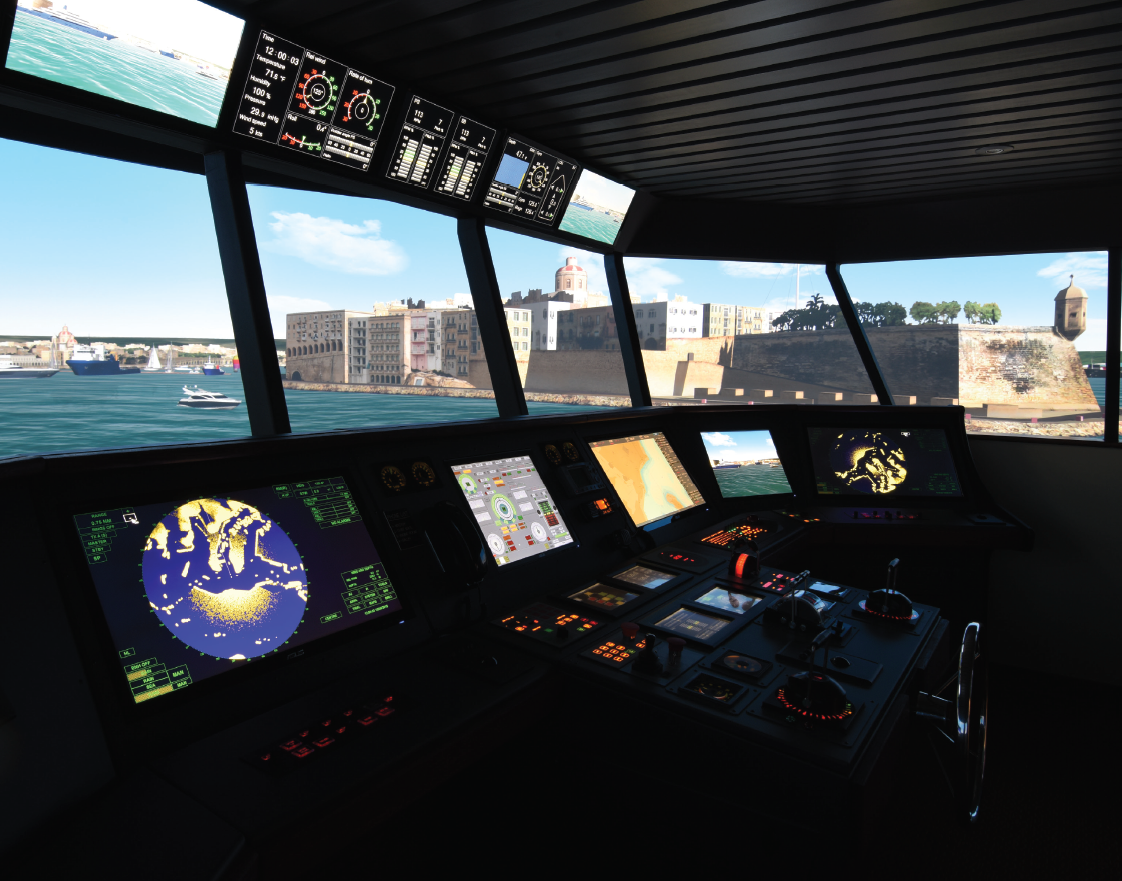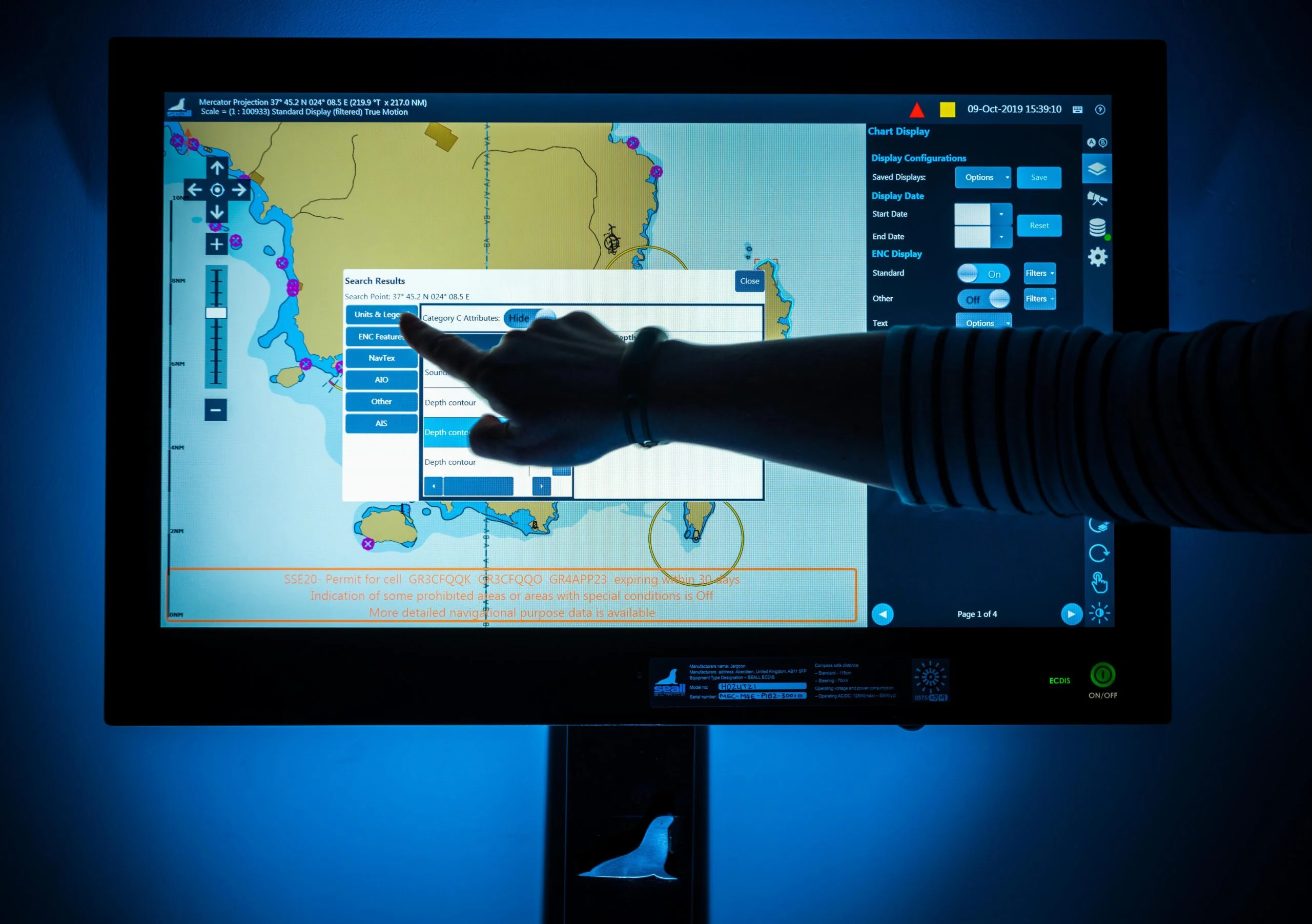In Bridge Resource Management, the bridge organisation should appropriately be taken into consideration by a clear navigation policy incorporating shipboard operational procedures, following the vessel Safety Management System as required by the ISM Code. The syllabus for this course is under Regulation II/1, Section A-II/1 and Table A-II/1 of standards of Training, Certification and Watchkeeping of Seafarers 1978 as amended in 2010.
Bridge Resource Management Course or you can say BRM course reduces the risk of marine casualties by helping a vessel bridge crew anticipate and correctly respond to their vessel-changing situation. At all times, navigation must be done with safety to ensure that the protection of the marine environment is not compromised.
BRM course includes some critical elements without which it cannot achieve its ultimate goals such as:
Decision-making: As a crucial skill, decision-making seems to end as an individual matter. The Captain/Master’s decision is the final one but, taking valuable inputs from other officers also crew members can make a lot of difference and save much time. It is, therefore, a must to conduct regular meetings, interact with officers and crew members and take opinions that can help to produce a final decision.
Situational awareness: Thinking ahead of time is a must for seafarers. Being aware of the external and internal conditions that can affect ship safety is the main work of officers and crew members. Mariners should keep their eyes and ears open and active at all times and prepared for the unexpected.
When BRM training course practised correctly onboard, the work should be of a bridge team is:
- Maintains its situational awareness
- Continually monitors the progress of the vessel, making proper adjustments and corrections as necessary; to sustain a safe passage
- Acquires relevant information early
- Anticipates dangerous situations
- Avoids becoming pre-occupied with minor technical problems and losing sight of the big picture
- Undertakes appropriate contingency plans when called for
- Recognises the development of an error chain
- Takes appropriate action to break the error-chain sequence.
CONTINUOUS INTERACTION BETWEEN HUMANS AND EQUIPMENT LEADS TO THE VESSEL NAVIGATION IN A SAFE AND EFFICIENT MANNER
To know more about BRM course fees, contact Girik Institute at:
Mobile: +91-7208482484 / 8828102586
Landline No: +91-22-41272900 / 49243022
Email Id: courses@girikworld.com







